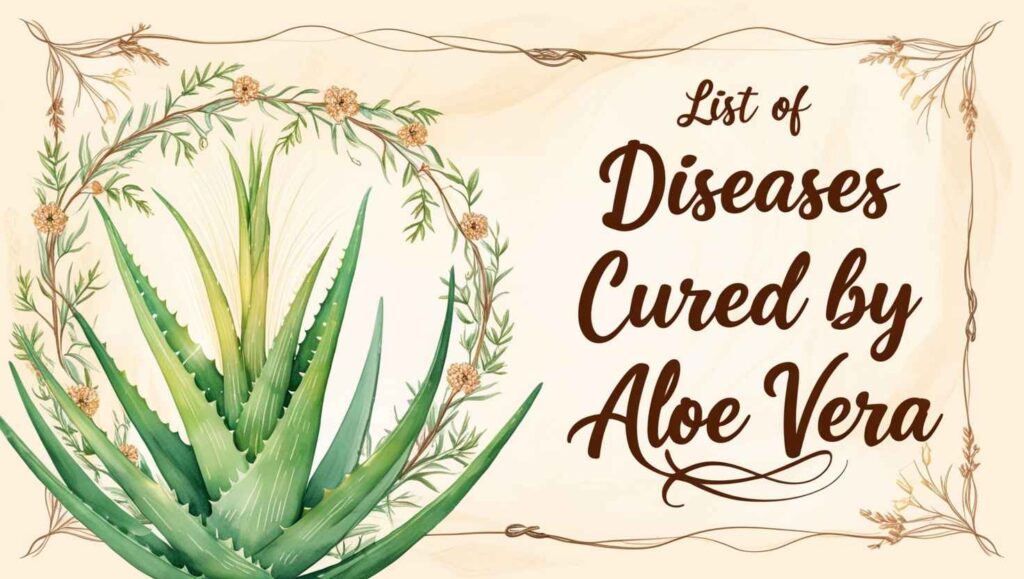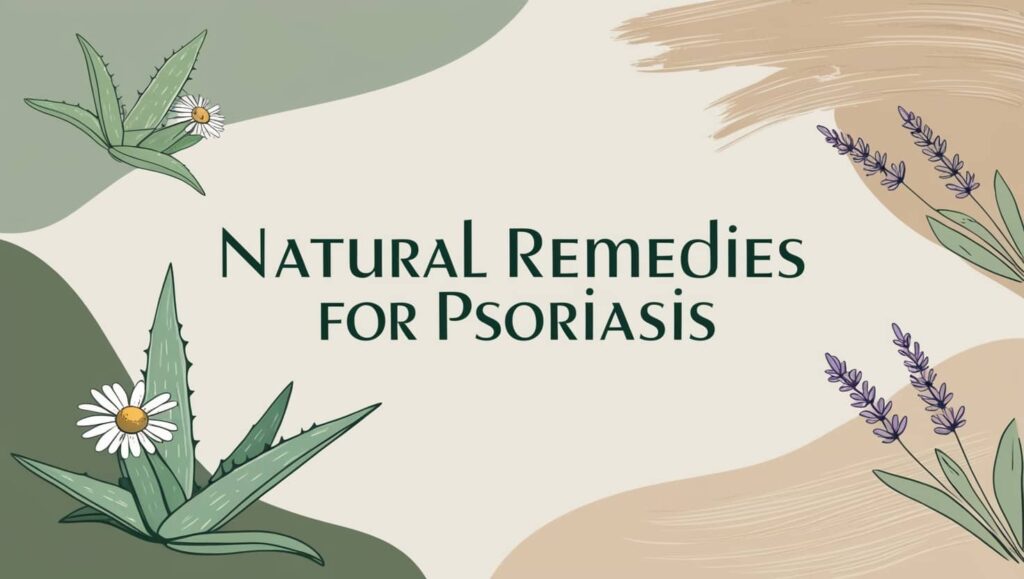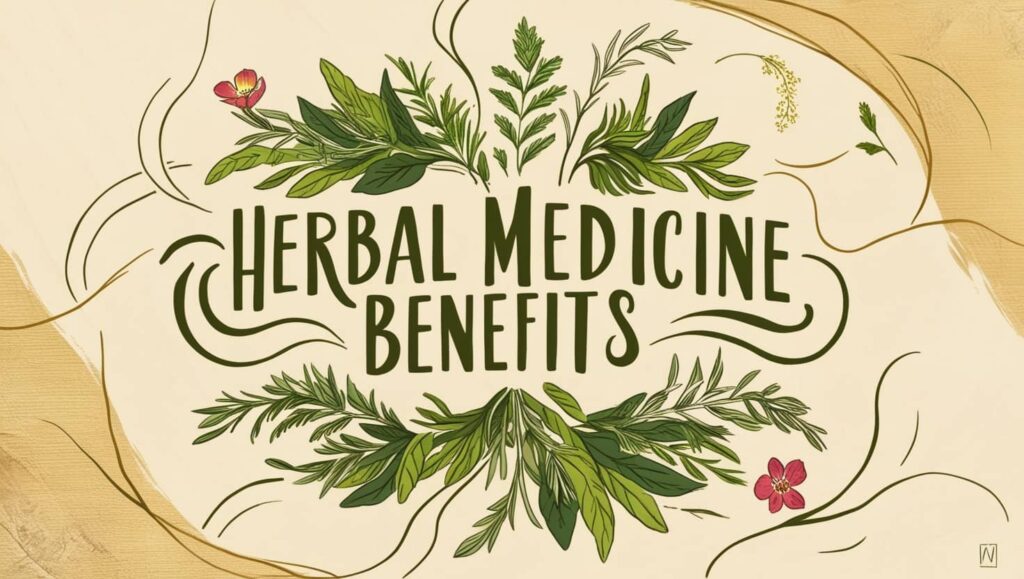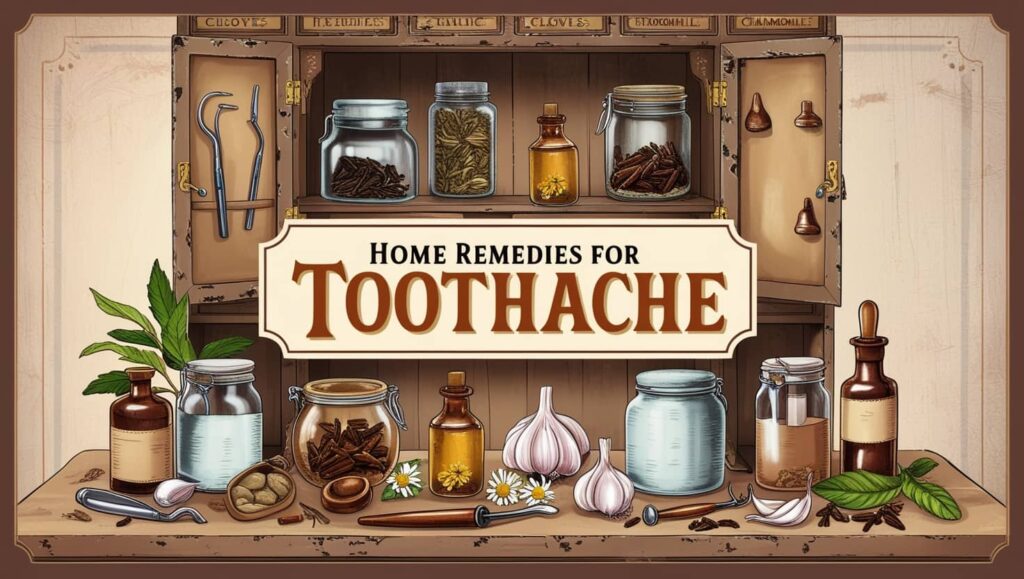Nature has provided us with a treasure trove of remedies for various ailments, including wound healing. In this article, we will explore several wound healing herbs that have been traditionally used to promote the healing of wounds. These natural alternatives offer a range of benefits and contain pharmaceutically active ingredients that can aid in the recovery process.
Top 9 Wound Healing Herbal Remedies for Wound Healing
1. Aloe Vera
Aloe Vera is a succulent plant known for its soothing and healing properties.
It is one of the most powerful wound healing herbs as it contains bio- active compounds such as polysaccharides, vitamins, and minerals that contribute to its wound healing effects.
Aloe Vera helps reduce inflammation, promote collagen synthesis, and enhance wound contraction. Additionally, its antimicrobial properties protect the wound from infection.
Medical Properties → Soothing, anti-inflammatory, antimicrobial, promotes collagen synthesis, enhances wound contraction.
Explore the power of aloe vera in psoriasis.
2. Calendula
Calendula, also known as marigold, has been used as wound healing herb for centuries to treat wounds and skin conditions.
It possesses anti-inflammatory, antimicrobial, and antioxidant properties.
Calendula stimulates tissue granulation, accelerates wound closure, and reduces pain. It also helps minimize scar formation and promotes healthy skin regeneration.
Medical Properties → Anti-inflammatory, antimicrobial, antioxidant, stimulates tissue granulation, accelerates wound closure, reduces scarring.
3. Comfrey
Comfrey, scientifically known as Symphytum officinale, has been used topically for wound healing.
It contains allantoin, a compound that promotes cell proliferation and wound closure.
Comfrey also possesses anti-inflammatory properties, reduces pain, and helps prevent scar formation. However, it should be used with caution as it may have potential liver toxicity when used internally.
Medical Properties → Promotes cell proliferation, wound closure, and reduces inflammation and pain.
Caution: Potential liver toxicity when used internally.
4. Lavender
Lavender is renowned for its calming aroma, but it also offers wound healing properties.
It possesses antimicrobial and anti-inflammatory effects, aiding in wound cleansing and reducing the risk of infection.
Lavender oil promotes collagen synthesis and accelerates wound healing.
It has been also used as wound healing herb to alleviate pain and itching associated with wounds.
Medical Properties → Antimicrobial, anti-inflammatory, promotes collagen synthesis, accelerates wound healing, relieves pain and itching.
5. Chamomile
Chamomile possesses anti-inflammatory and antimicrobial properties.
It can help reduce pain, inflammation, and promote wound healing.
Chamomile tea or chamomile oil can be applied topically to wounds.
Medical Properties → Anti-inflammatory, Chamomile possesses anti-inflammatory properties, which can help reduce inflammation and swelling associated with wounds.
Antimicrobial, It has antimicrobial properties that can help prevent or treat wound infections.
Soothing, It has soothing properties that can provide relief from pain and dis- comfort associated with wounds.
Skin healing, It promotes wound healing by supporting tissue regeneration and reducing scarring.
Explore the power of chamomile in psoriasis.
6. Turmeric
Turmeric contains curcumin, a compound with potent anti-inflammatory and antioxidant properties.
It can help reduce inflammation, promote wound healing, and prevent infection.
Turmeric paste or turmeric infused oils can be applied topically to wounds.
Medical Properties → Anti-inflammatory, Turmeric contains curcumin, a compound known for its potent anti-inflammatory properties. It can help reduce inflammation and swelling in wounds.
Antimicrobial, It has antimicrobial properties that can help prevent or treat wound infections.
Antioxidant, It possesses antioxidant properties, which can help protect cells from oxidative damage and support wound healing.
Tissue regeneration, It promotes tissue regeneration and can aid in the formation of healthy new skin.
Explore the power of turmeric in psoriasis.
7. Plantain
Plantain leaves have been used traditionally to treat wounds.
They possess antimicrobial and anti- inflammatory properties.
Plantain leaves can be crushed and applied directly to wounds or used as a poultice.
Medical Properties → Anti-inflammatory, Plantain leaves have anti-inflammatory properties, which can help reduce inflammation and swelling in wounds.
Antimicrobial, It exhibits antimicrobial effects that can help prevent or treat wound infections.
Wound healing, It supports wound healing by promoting tissue repair and regeneration.
Soothing, It has soothing properties that can provide relief from pain or itching associated with wounds.
8. Witch Hazel
Witch hazel has astringent and anti-inflammatory properties.
It can help cleanse wounds, reduce swelling, and promote healing.
Witch hazel extract or witch hazel-infused pads can be used topically on wounds.
Medical Properties → Astringent, Witch hazel is an astringent herb, which means it can help tighten and constrict tissues. This property can aid in wound healing by promoting wound closure and reducing bleeding.
Anti-inflammatory, It possesses anti-inflammatory properties that can help re- duce inflammation and swelling in wounds.
Antimicrobial, It has antimicrobial effects that can help prevent or treat wound infections.
Soothing, It has a soothing effect on the skin and can provide relief from pain and itching associated with wounds.
9. Echinacea
Echinacea is known for its immune-boosting properties but also can be used as wound healing herb.
It can help stimulate the immune system and aid in wound healing.
Echinacea extracts or creams can be applied topically to wounds.
Medical Properties → Immune-boosting, Echinacea is known for its immune-stimulating properties, which can help enhance the body’s natural defense mechanisms and promote wound healing.
Anti-inflammatory, It exhibits anti-inflammatory effects, which can assist in reducing inflammation and swelling in wounds.
Antimicrobial, It has antimicrobial properties that can help prevent or treat wound infections.
Potential Risks Associated with Wound Healing Herbs
Wound healing herbs are generally considered safe, it’s important to be aware of potential side effects and risks. Here are some considerations for the herbal remedies mentioned:
Aloe Vera → It is generally safe when applied topically. However, some individuals may experience allergic reactions or skin irritation.
It’s recommended to perform a patch test before using it on large areas of the skin.
Calendula → It is considered safe for most people when used topically. However, some individuals may experience allergic reactions or skin irritation.
It’s advisable to discontinue use if any adverse reactions occur.
Comfrey → It can be beneficial for wound healing, internal use of comfrey is not recommended due to its potential liver toxicity.
It’s important to avoid ingesting or using comfrey internally.
Lavender → It is generally safe when used topically. However, some individuals may experience skin irritation or allergic reactions.
It’s advisable to perform a patch test before using lavender oil on the skin.
Chamomile → It is generally safe for most people when used topically. However, individuals with allergies to plants in the Asteraceae family (such as ragweed) may also be allergic to chamomile.
It’s recommended to perform a patch test before using chamomile on the skin.
Echinacea → It is generally considered safe when used topically. However, some individuals may experience allergic reactions or skin irritation.
It’s advisable to perform a patch test before using echinacea on the skin.
Turmeric → It is considered safe when used topically, but some individuals may experience skin irritation or allergic reactions.
It’s advisable to perform a patch test before using turmeric on the skin.
Plantain → It is generally safe when used topically. However, some individuals may experience skin irritation or allergic reactions.
It’s recommended to perform a patch test before using plantain on the skin.
Witch Hazel → It is generally considered safe when used topically. However, some individuals may experience skin irritation or allergic reactions.
It’s advisable to perform a patch test before using witch hazel on the skin.
Specific Instructions for Applying Herbal Remedies Topically
When applying herbal remedies topically for wound healing, here are some general instructions to keep in mind:
a. Cleanse the wound → Before applying any herbal remedy, it’ s important to clean the wound gently with mild soap and water or a saline solution. This helps remove debris and reduce the risk of infection.
b. Patch test → If you are using a new herbal remedy for the first time, it’ s advisable to perform a patch test before applying it to a larger area of skin. Apply a small amount of the herbal remedy to a small patch of skin and monitor for any adverse reactions or skin irritation for 24 hours. If no adverse reactions occur, it is generally safe to proceed.
c. Application method → Depending on the herbal remedy, you can apply it in different forms, such as creams, gels, oils, or poultices. Follow the instructions provided with the specific product or prepare your own herbal preparations according to trusted recipes or guidance from a qualified herbalist.
d. Frequency of application → The frequency of application may vary depending on the specific herbal remedy and the severity of the wound. Generally, topical application can be done 2-3 times a day or as directed by a healthcare professional or herbalist. It’s important to follow the recommended dosage and instructions for each herbal remedy.
e. Covering the wound → In some cases, it may be appropriate to cover the wound with a sterile dressing or bandage after applying the herbal remedy. This can provide protection, promote moisture retention, and aid in the healing process. However, some herbal remedies may require exposure to air for optimal healing. Consult a healthcare professional or follow specific product instructions for guidance on covering or leaving the wound exposed.
f. Monitor for adverse reactions → While herbal remedies are generally safe, it’ s important to monitor the wound for any adverse reactions, such as increased redness, swelling, pain, or signs of infection. If any concerning symptoms arise, discontinue use and consult a healthcare professional.
Who Should Avoid Herbal Medicines?
Wound healing herbs may not be suitable for:
- People taking other medicines, including hormonal contraceptives, such as the combined pill.
- People with serious health conditions, such as liver or kidney disease
- People who are going to have surgery.
- Pregnant or breastfeeding women.
- The elderly.
- Children – as with all medicines, herbal medicines should be kept out of the sight and reach of children
- Speak to your doctor or pharmacist for advice before trying a herbal medicine if you fall into one of these groups.
Summary
Harnessing the power of these wound healing herbs can offer a natural, effective approach to wound care, aiding in the recovery process and promoting optimal healing.
Remember, it’s always a good idea to consult with a healthcare professional or a qualified herbalist before using herbal remedies, especially if you have underlying health conditions, are taking medications, or have extensive or severe wounds.
They can provide personalized guidance and ensure that the chosen herbal remedies are suitable for your specific situation.
References
- Albahri G, Badran A, Hijazi A, et al. The Therapeutic Wound Healing Bioactivities of Various Medicinal Plants. Life (Basel). 2023;13(2):317. Published 2023 Jan 23. From PubMed.
- Shedoeva A, Leavesley D, Upton Z, Fan C. Wound Healing and the Use of Medicinal Plants. Evid Based Complement Al- ternat Med. 2019;2019:2684108. Published 2019 Sep 22. From PubMed.
- Herbal medicines. available at: United Kingdom National Health Service.







